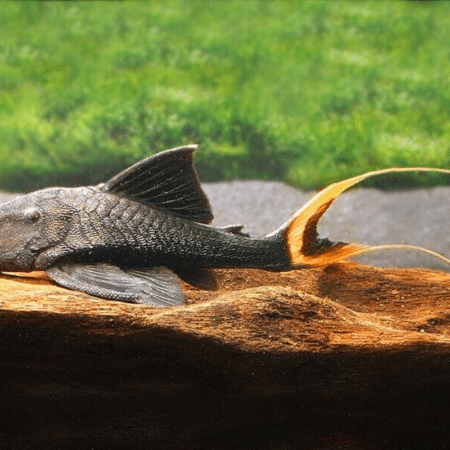-
×
-
×
-
×
-
×
Subtotal: £96.77





















Emily Carter (verified owner) –
I recently added the L090 Papa Panaque to my aquarium, and I couldn’t be happier! This beautiful South American catfish has been an absolute joy to watch over the past two months. Its striking color pattern and gentle behavior make it a standout addition to my tropical fish community. I’ve observed it diligently grazing on algae, which has helped keep my tank clean.
What I love most about this pleco fish is its unique wood-eating habit. Providing driftwood in the tank has really encouraged natural behavior, and I can see it’s thriving! Compared to other plecos I’ve kept, this one is much more interactive and less shy, which is a plus.
While it does require a larger tank due to its size, it’s definitely worth the investment for aquarists looking to enhance their setup. Just ensure you have ample hiding spots and tank mates that can handle its personality. Overall, I wholeheartedly recommend the L090 for passionate fish parents—it’s been a wonderful experience, and my tank has never looked better!
Emma Rivera (verified owner) –
I recently added the L090 Papa Panaque to my aquarium, and I couldn’t be happier! After a couple of weeks in the tank, this delightful catfish has really thrived. Its stunning patterns and peaceful demeanor make it a captivating addition. I’ve noticed it loves to nibble on the driftwood, which is a natural behavior for pleco fish, and it keeps my tank healthier by helping with algae control. Compared to other catfish species I’ve kept in the past, this one stands out for its unique personality and the way it interacts with the tank mates. It’s perfect for beginners who want a low-maintenance fish that also contributes to the tank’s ecosystem. I highly recommend the Papa Panaque for anyone looking to add a lively yet gentle creature to a tropical fish setup. Just a small tip: make sure your aquarium has plenty of hiding spots and a varied diet to keep them happy and healthy. I would definitely purchase this fish again!